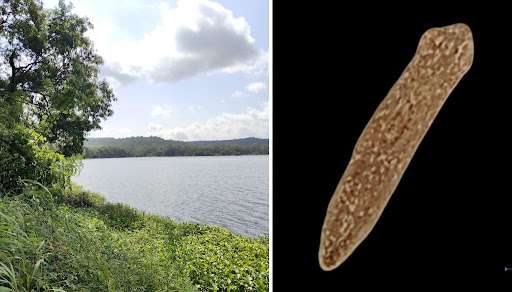Pune, June 5, 2025 — In a significant breakthrough in biodiversity research, scientists have discovered a new species of freshwater flatworm in Pune’s Pashan Lake. Named Dugesia punensis, this is the first new species of Indian planarian to be identified in four decades.
The discovery was made by researchers from Savitribai Phule Pune University (SPPU) and the Agharkar Research Institute (ARI) during an ecological survey of the lake. The new species belongs to the Dugesia genus, a group of flatworms known for their remarkable ability to regenerate body parts, making them a key subject in biological and medical studies.
According to the research team, Dugesia punensis exhibits unique morphological and genetic traits that distinguish it from other known species within the genus. The species has been officially documented in the international journal Zoological Studies, and the name reflects its place of discovery—Pune.
“This discovery is a milestone for Indian taxonomy and highlights the rich biodiversity still present in urban ecosystems,” said Dr. Snehal Kadam, lead researcher of the project. “Pashan Lake, despite urban pressures, has proven to be an ecologically valuable site.”
Planarians are widely used in regenerative biology due to their ability to regrow lost body parts, including entire organisms from fragments. The newly discovered Dugesia punensis is expected to contribute significantly to ongoing research in cellular regeneration and developmental biology.
The discovery also draws attention to the ecological importance of conserving urban water bodies. Pashan Lake has faced numerous challenges over the years, including pollution, encroachment, and reduced biodiversity. Environmentalists believe this finding could prompt renewed efforts to protect and restore such habitats.
Experts are calling for increased monitoring and stricter environmental regulations to preserve urban freshwater systems, which may harbor undiscovered species. The presence of Dugesia punensis underscores the potential of urban ecological sites in contributing to national and global biodiversity.
With this discovery, India’s position in global zoological research is strengthened, especially in the field of invertebrate taxonomy. It also highlights the role of Indian research institutions in uncovering and documenting native species.



